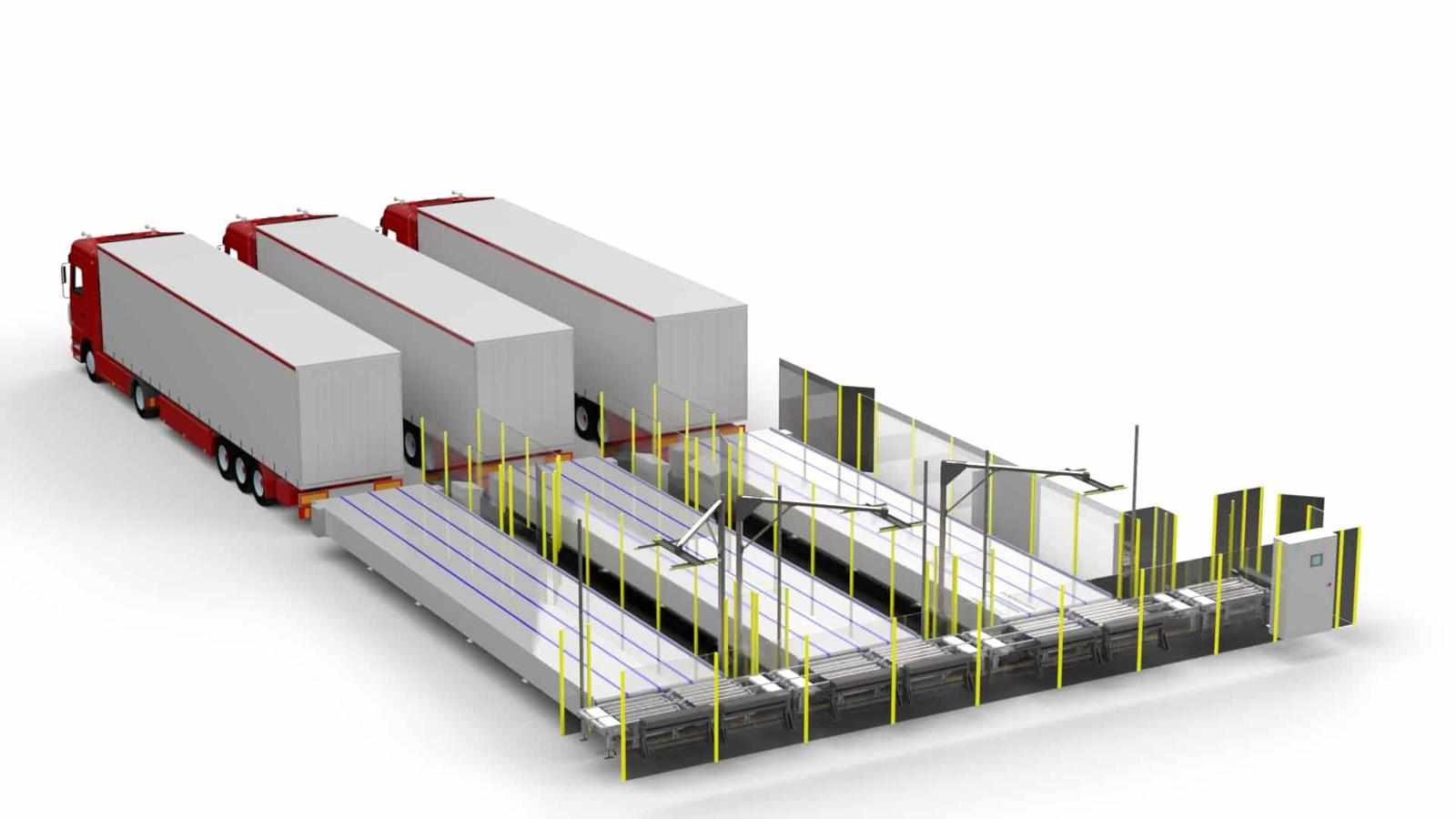
Introduction
Sweden has emerged as a global frontrunner in environmental sustainability, setting ambitious goals for a carbon-neutral future across various sectors. The nation's commitment extends to its aviation industry, with a clear vision for achieving fossil-free domestic flights by 2030 and a completely fossil-free Swedish aviation sector by 2045. This ambitious timeline necessitates innovative and sustainable solutions across all aspects of airport operations, including air traffic management and aircraft landing systems.
This article delves into the critical role of Sweden ATLS Market in contributing to the sustainability objectives of Swedish airports. It explores how modern ATLS technologies can minimize environmental impact, enhance operational efficiency, and align with Sweden's overarching carbon-neutrality goals. By examining the benefits of sustainable ATLS solutions, this article highlights their potential to revolutionize airport operations in Sweden and serve as a model for other nations striving for greener aviation.
Sweden’s Commitment to Carbon-Neutral Airports
Sweden's dedication to environmental responsibility is evident in the proactive measures undertaken by its airport operator, Swedavia. All of Swedavia's airports have achieved certification within the Airport Carbon Accreditation (ACA) program, demonstrating a commitment to reducing their carbon footprint. Notably, Stockholm Arlanda and Ronneby Airports have already reached the highest Level 5 certification, signifying net-zero emissions for operations under their direct control (Scope 1 and 2 emissions). Swedavia aims for its remaining six airports to achieve this top certification by 2026, reinforcing its commitment to full decarbonization by 2050.
This ambitious goal involves a multi-faceted approach, encompassing:
Transition to Renewable Energy: Swedish airports are increasingly adopting green electricity and investing in renewable energy sources for their operations.
Electrification of Ground Fleets: Replacing fossil fuel-powered vehicles with electric alternatives, including buses, ground service equipment, and taxis, is a key priority.
Sustainable Aviation Fuels (SAF): Sweden is actively promoting the use of SAF, aiming for a significant increase in its adoption to reduce carbon emissions from flights. Initiatives like the Fly Green Fund and Grön Flygplats ("Green Airport") are instrumental in this effort.
Energy Efficiency Measures: Implementing intelligent lighting and climate management systems, utilizing sensors and optimization algorithms, minimizes energy consumption within airport facilities.
Circular Economy Practices: Airports are adopting strategies for waste recycling and the reutilization of materials from infrastructure projects.
Water Management: Implementing leak detection systems, water reduction devices, and water recycling operations to conserve water resources.
The Environmental Impact of Traditional Airport Landing Systems
Traditional airport landing systems and air traffic control methods can contribute to environmental concerns in several ways:
Fuel Inefficiency: Inefficient air traffic management can lead to longer flight paths, increased holding times, and unnecessary taxiing, resulting in higher fuel consumption and greenhouse gas emissions.
Noise Pollution: Conventional landing procedures can generate significant noise, impacting communities surrounding airports and potentially affecting wildlife.
Air Pollutants: Aircraft emissions during landing and taxiing release pollutants such as nitrogen oxides (NOx), particulate matter, and volatile organic compounds (VOCs), contributing to local air quality issues.
Energy Consumption of Ground Infrastructure: Traditional ground-based navigation and landing systems require substantial energy for their operation and maintenance.
Chemical Runoff: De-icing and anti-icing agents used on runways and aircraft during winter can lead to chemical runoff, potentially polluting water sources.
Advanced Tower Landing Systems (ATLS): A Sustainable Solution
Advanced Tower Landing Systems (ATLS) represent a significant evolution in air traffic control and aircraft landing operations. These systems leverage advanced technologies such as:
High-Definition Camera Systems: Providing enhanced surveillance of the airfield, enabling better situational awareness for air traffic controllers.
Advanced Surface Movement Guidance and Control Systems (A-SMGCS): Integrating surveillance, safety control, planning, routing, and guidance functionalities to optimize ground movements.
Data Integration Platforms: Seamlessly integrating flight data, weather surveillance, airfield lighting, and communication systems into a single operational display.
Artificial Intelligence (AI) and Automation: Enabling intelligent data analysis, automated alerts for safety-relevant issues, and potential for autonomous handling of routine tasks.
Satellite-Based Navigation (GNSS): Offering more precise and flexible approach paths compared to traditional ground-based systems.
By implementing ATLS, Swedish airports can achieve significant sustainability benefits:
Optimized Flight Paths and Reduced Fuel Consumption: ATLS facilitates more direct and efficient approach and departure paths, minimizing fuel burn and associated emissions. Features like time-based separation (TBS) optimize runway approaches by using time intervals instead of fixed distances, considering wind and wake turbulence to improve landing sequences and save energy.
Minimized Taxiing Times: A-SMGCS and integrated information systems help air traffic controllers manage ground movements more effectively, reducing unnecessary taxiing and associated fuel consumption and emissions. Systems like TowerPad can sequence operations to minimize aircraft stop-and-go, a major cause of wasted fuel during taxiing.
Enhanced Safety and Reduced Go-Arounds: Improved situational awareness and safety nets provided by ATLS can reduce the likelihood of missed approaches and go-arounds, which consume additional fuel and generate extra emissions.
Lower Energy Consumption of Ground Infrastructure: While ATLS involves sophisticated technology, the potential for optimizing air traffic flow and reducing the need for extensive ground-based navigation aids could lead to overall energy savings in the long term.
Potential for Noise Reduction: Optimized flight paths and continuous descent approaches facilitated by ATLS can potentially reduce noise levels in areas surrounding airports.
Case Studies and Innovations in Sustainable ATLS
While specific case studies of ATLS implementation focused solely on sustainability metrics in Sweden might be emerging, the broader trends and benefits of ATLS align strongly with sustainability goals. Airports globally are adopting advanced air traffic management systems with features that contribute to environmental responsibility.
Innovations driving sustainable ATLS include:
Virtual Tower Solutions: Remote tower technology can potentially reduce the physical infrastructure and energy consumption associated with traditional airport towers.
Integration of Unmanned Traffic Management (UTM): As drone operations increase, integrating UTM into ATLS frameworks will be crucial for safe and efficient airspace management with minimal environmental impact.
AI-Powered Air Traffic Management: AI algorithms can analyze vast amounts of data to optimize flight routes, predict potential conflicts, and suggest fuel-efficient solutions.
Digitalization and Data Sharing: Enhanced data sharing between aircraft, air traffic control, and airport systems enables more efficient operations and better decision-making, contributing to fuel savings and reduced delays.
The Economic and Operational Advantages of Sustainable ATLS
Beyond the environmental benefits, sustainable ATLS solutions offer significant economic and operational advantages for Swedish airports:
Increased Airport Capacity: Optimized air traffic flow and reduced delays can enable airports to handle more flights, increasing their capacity without the need for extensive infrastructure expansion.
Improved Efficiency and Reduced Operational Costs: Streamlined operations, reduced fuel consumption, and optimized resource allocation contribute to lower operational costs for both airports and airlines.
Enhanced Safety and Reduced Risk: Advanced safety features and improved situational awareness minimize the risk of accidents and incidents, reducing potential costs associated with disruptions and damages.
Better Passenger Experience: Reduced delays and smoother operations contribute to a more positive passenger experience, enhancing the reputation of Swedish airports.
Attracting Environmentally Conscious Travelers: As sustainability becomes a key consideration for travelers, airports with strong environmental credentials, supported by technologies like ATLS, may attract a growing segment of the market.
Challenges and the Way Forward
While the potential of sustainable ATLS for Sweden's carbon-neutral airports is significant, some challenges need to be addressed:
High Initial Investment Costs: Implementing advanced ATLS technologies can involve substantial upfront investment. However, the long-term economic and environmental benefits are likely to outweigh these costs.
Integration with Existing Infrastructure: Seamlessly integrating new ATLS with existing airport infrastructure and systems is crucial for successful implementation.
Regulatory Frameworks: Adapting and evolving regulatory frameworks to accommodate new ATLS technologies and ensure safety and efficiency is essential.
Training and Expertise: Ensuring that air traffic controllers and other personnel are adequately trained to operate and maintain advanced ATLS is critical.
Data Security and Cybersecurity: Robust measures must be in place to protect the security and integrity of the data managed by ATLS.
To move forward, Sweden needs a collaborative approach involving airport authorities, air traffic control organizations, technology providers, and regulatory bodies. Continued investment in research and development, coupled with supportive policies and incentives, will be crucial for accelerating the adoption of sustainable ATLS solutions. Sharing best practices and fostering international collaboration can also help Sweden learn from global experiences in implementing advanced air traffic management technologies.
Conclusion
Sweden's commitment to achieving carbon-neutral airports by 2045 positions it as a leader in sustainable aviation. Advanced Tower Landing Systems (ATLS) play a vital role in realizing this ambitious vision. By optimizing flight paths, reducing taxiing times, enhancing safety, and potentially lowering the energy consumption of ground infrastructure, sustainable ATLS solutions offer significant environmental benefits while also improving operational efficiency and economic performance.
As technology continues to evolve and innovations in ATLS emerge, Sweden has the opportunity to be at the forefront of implementing these greener solutions. By proactively addressing the challenges and fostering collaboration across the aviation ecosystem, Sweden can pave the path towards a truly sustainable and carbon-neutral aviation future, setting a compelling example for the rest of the world. The integration of sustainable ATLS is not just a technological advancement; it is a crucial step in achieving Sweden's overarching environmental goals and ensuring a healthier planet for future generations.


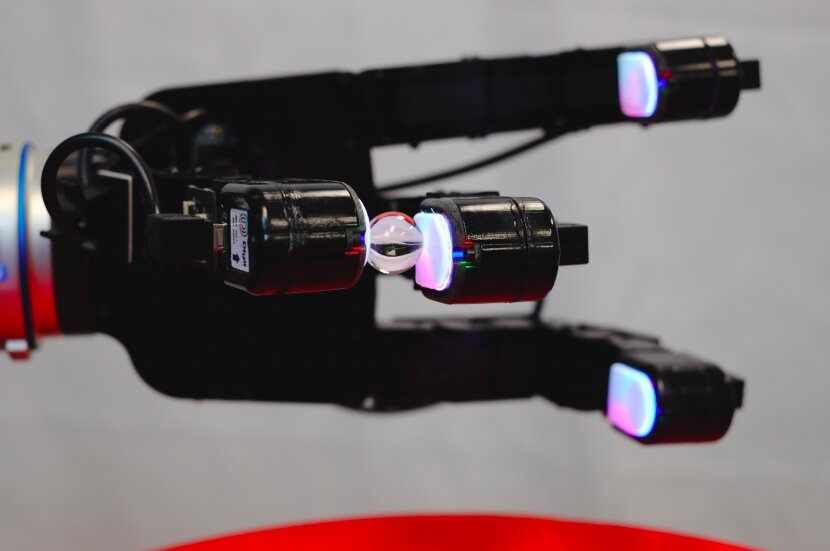
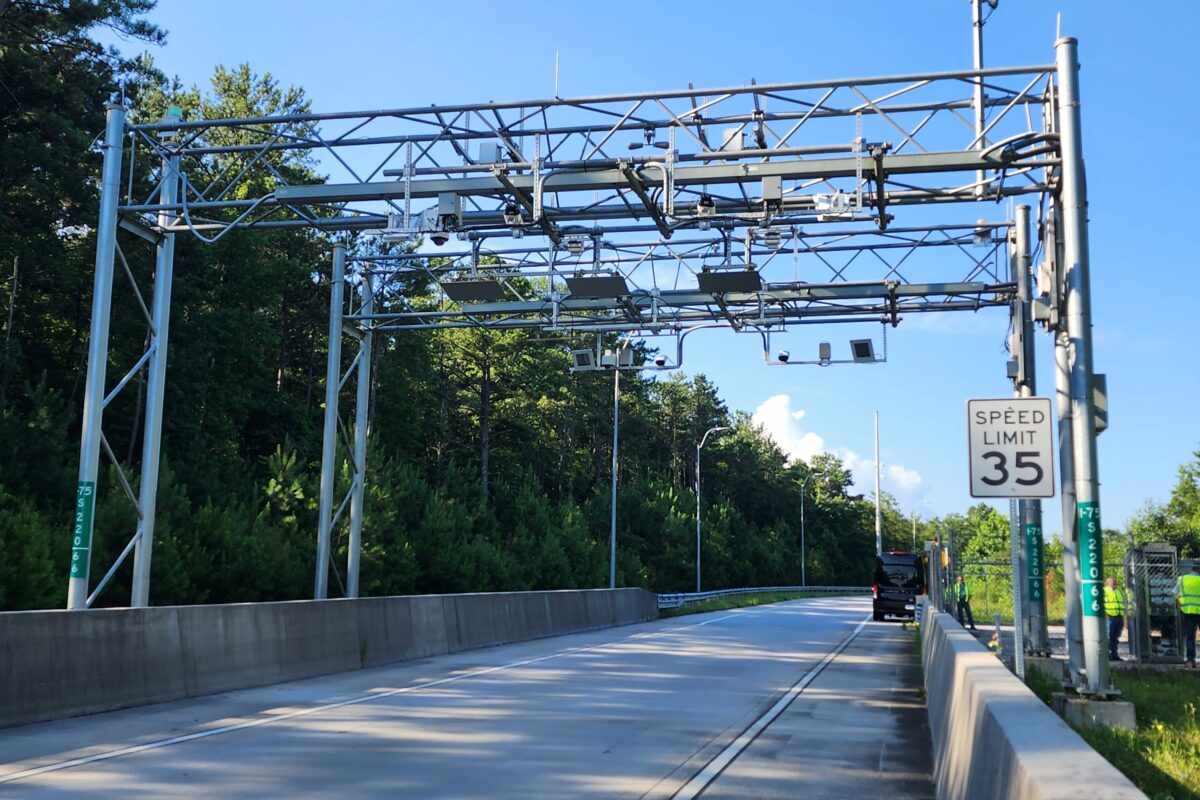


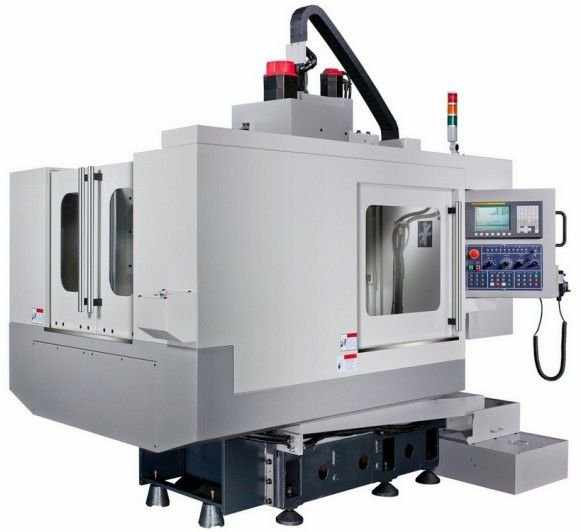

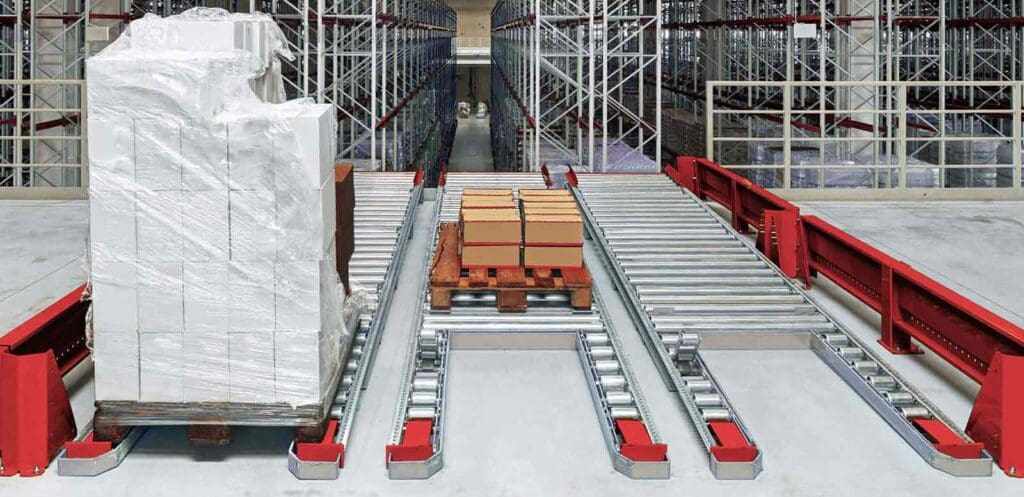

Write a comment ...